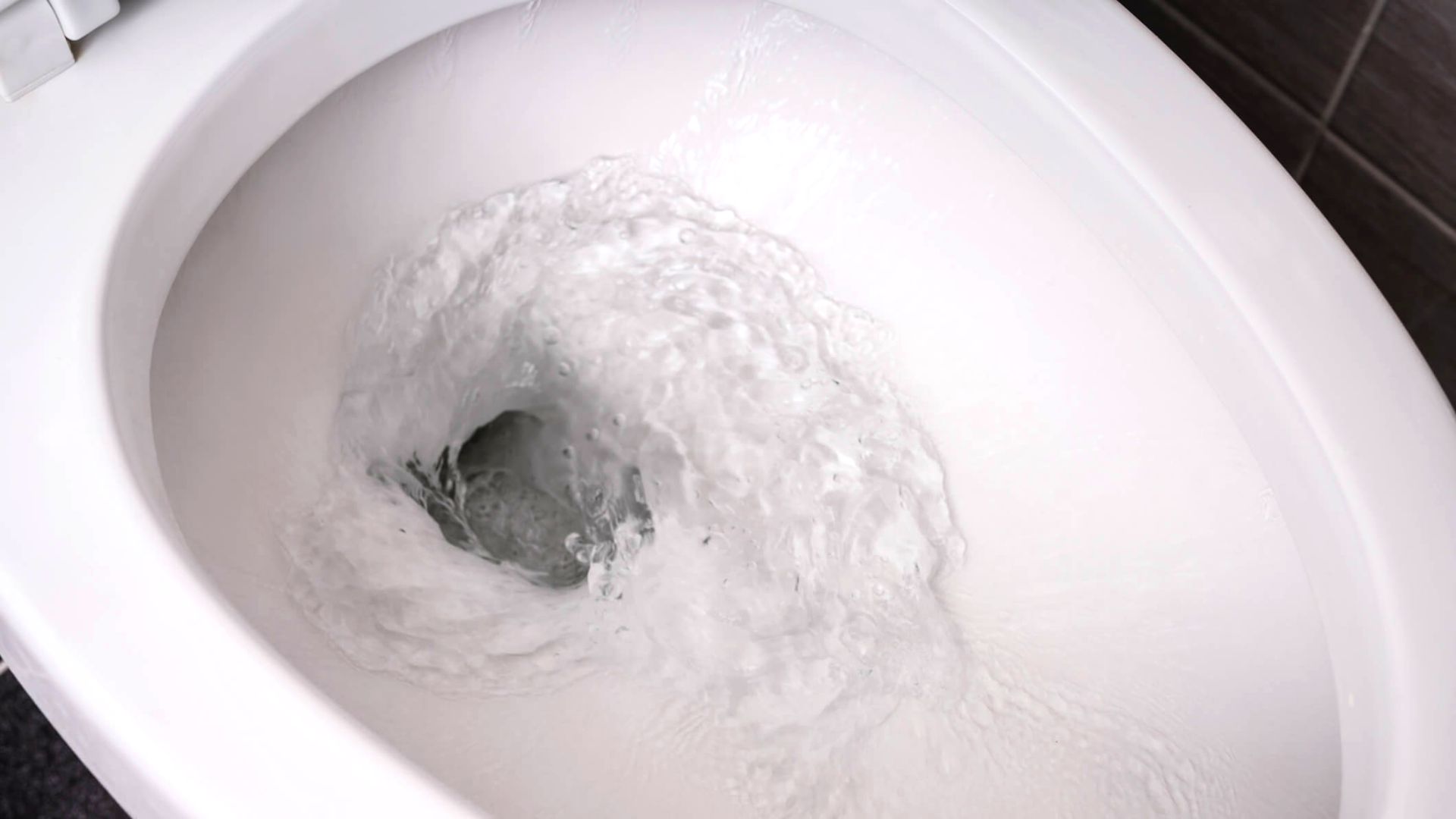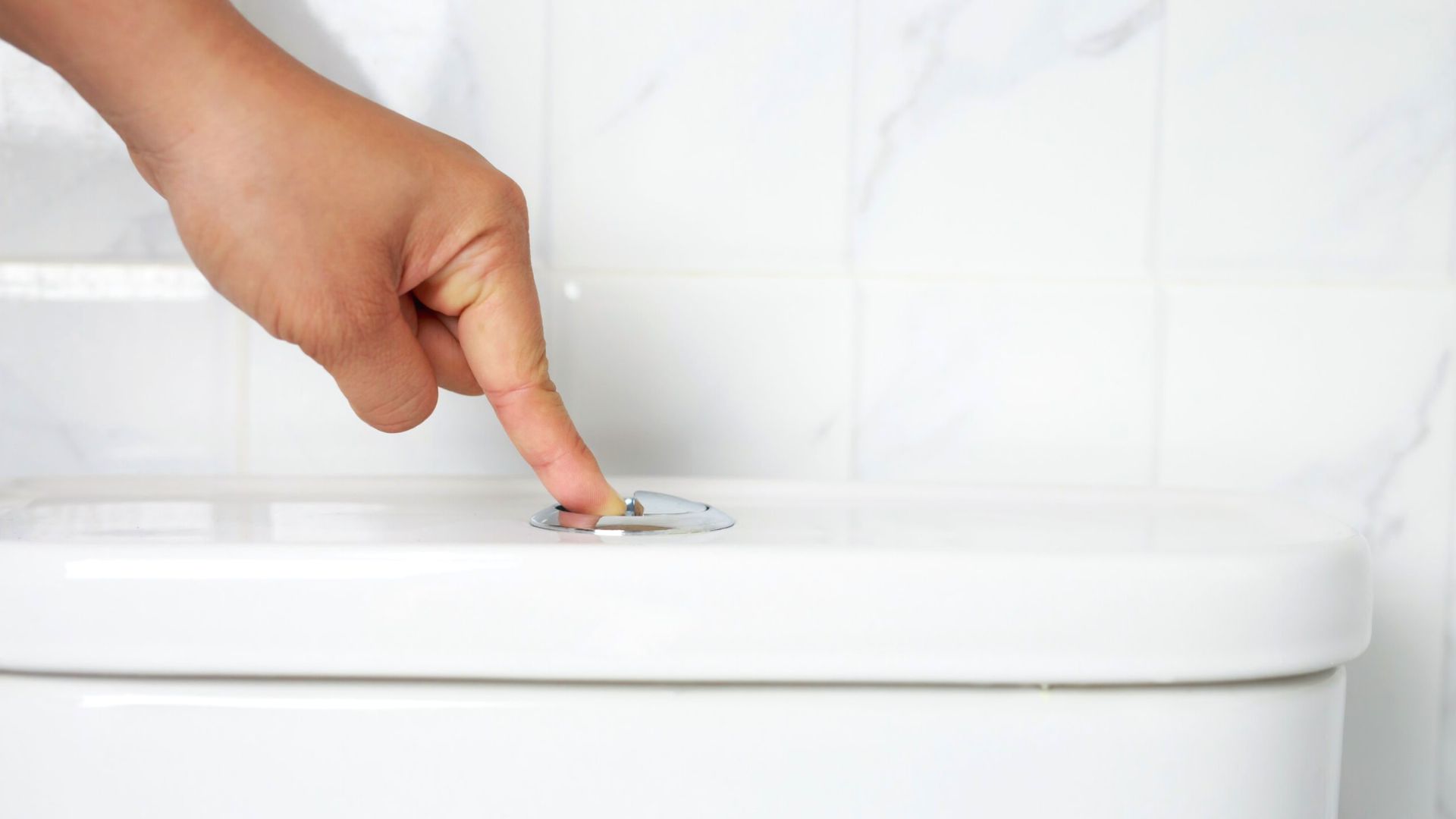7:00AM to 5:00PM
Water fills the toilet tank after you flush, so it can be rather unsettling to hear your toilet tank constantly running, even if you haven’t flushed the toilet bowl recently. You might even lose some sleep wondering about all the wasted water and its common causes, or if experts strongly advise you to shut off the water, call them already. In worst-case scenarios, you might even start believing there could be other problems in your plumbing system waiting to be discovered and may need a local plumber.
The fill valve controls water flow into the tank and is a common culprit for constantly running toilets. Check if the float arm can move freely up and down and that the float ball is not stuck or full of water. If those parts operate correctly, the flapper valve is next to examine, preventing water from entering the bowl when not flushed. A worn flapper valve that does not seal properly can cause excessive water flow. Replace the flapper valve if it is cracked, brittle or does not sit flush against the flush valve.
Examine the flush valve where the water flow exits the tank and enters the bowl. This valve may leak if water can flow out even with the tank filling. Replacing the flush valve can stop water waste. For a complete fix, consider replacing the entire fill valve assembly, including the float arm, float ball and flush valve. Install the new fill valve by turning off the water supply, unbolting the old assembly and bolting on the replacement. Check for leaks after turning the water supply back on.
With some essential tools and inspecting key parts, you may be able to troubleshoot and stop a constantly running toilet, saving money on plumbers and water bills. If the issue persists after checking these areas, contacting a plumber for further diagnosis and repairs may be best.
We have prepared a step-by-step guide to help you fix the toilet. So, without further ado, let’s jump in!
It’s not too much to want to know more about your plumbing problems before dealing with them or calling an expert plumber. Running toilets can be one of the many plumbing issues you have. Understanding a toilet not functioning correctly is not over the top. Below is a list of steps to help you know what could be wrong with your toilet and maybe prepare to replace it with a new one.

If you find water running in your toilet, the problem resides within the tank. Toilets use a float to measure the water stored in a tank. When the water level drops to a certain level, the fill valve connected to the water line refills the tank. A malfunctioning float, valve, or flapper continually causes the water line to run.
So, check out the fill valve for issues. Then, examine the fill tube from the fill valve on the tank’s left side to the overflow tube’s right. The overflow tube stops water from overflowing into the tank and spilling on the bathroom floor. Ensure the fill tube is tightly attached to the fill valve and that water flows from the valve to the overflow tube without interruption. The fill tube also shouldn’t extend into the pipe; if it does, trim it accordingly.
A float is a cup-shaped plastic part on the fill valve that “notifies” the valve about the tank’s correct water level or supply link. If the float is set too high, water keeps flowing through the overflow tube, and the flapper stays open if it’s set too low.
Adjust the float level using the attached clip, rod or screw until the proper water level is restored, which is usually marked on the inside of the overflow tube or tank.
The toilet’s exterior handle is connected to the flush rod kept within the tank. It’s a plastic piece attached to a chain that leads to a flapper.
If the chain is too short, it doesn’t allow the flapper to close and seal, and water leaks into the bowl. But if it’s too long, it might not allow the flapper to stay open to let the water out. Although this won’t cause a running bowl, it won’t allow the tank to refill.
At the same time, make sure that the chain has enough slack to open the flapper and that the flush rod does not strike the inside of the tank lid when flushed.
The flapper is a seal that moves when you operate the flush handle, letting water in and out. However, it can be a primary water source for a running toilet, as water can start leaking from the tank if it malfunctions. In hindsight, it causes the water line to keep running to make up for the dropping water level within the tank.
While other toilet parts can be examined without emptying the tank, inspecting the flapper necessitates draining the water. The shut-off valve shuts down the water flowing inside the tank by turning on the right. This will keep it from refilling, as there would be no connection to the water source.
Sponge off the remaining water in the tank and then examine the flapper. If the rubber seal is cracked or doesn’t fit properly, it’s worn out and needs replacement.
The process is pretty simple. Remove the flapper and look for an exact replacement in your local hardware store. Or you can use a universal flapper that fits most toilets. Just unclip the old flapper from the overflow tube, flush the rod chain and replace it with a new one.
If you’ve followed all the steps mentioned above and the toilet is still running, there’s a significant problem with your entire flush system. The best thing to do is replace the flapper, fill valve, and the other accompanying parts. You can buy a universal flush repair kit at most hardware stores and follow the installation instructions.
However, you should remove the flapper properly by disconnecting the tank from the toilet and making a tight seal between the water line and the fill valve. And above all, always shut down the water line before starting your plumbing work.

Waiting until you’re ready to deal with the problem or postponing checking will worsen the issue. It’s better to stop a toilet running now than later. We hope these steps will help you fix your running toilet problem. However, there are a few things you should be aware of before taking up the job. When replacing the flapper or float, flush the toilet thoroughly to prevent it from overflowing. Also, exercise caution when using tools such as cutting pliers and water pump pliers to avoid injury.
But if the problem persists or you aren’t sure about your DIY skills and want a new toilet installed, then it’s a job best left to the professionals. Turn off the water supply if the toilet continues to flush excess water, don’t waste hours trying to solve things on your own, and invest in an expert plumber. Save money and time! Contact the Gold Coast Plumbing Company plumbing experts for excellent workmanship with upfront pricing. We’ll be at your doorstep in no time! Contact us today!
On that note, we’ll wrap up. Goodbye and take care!